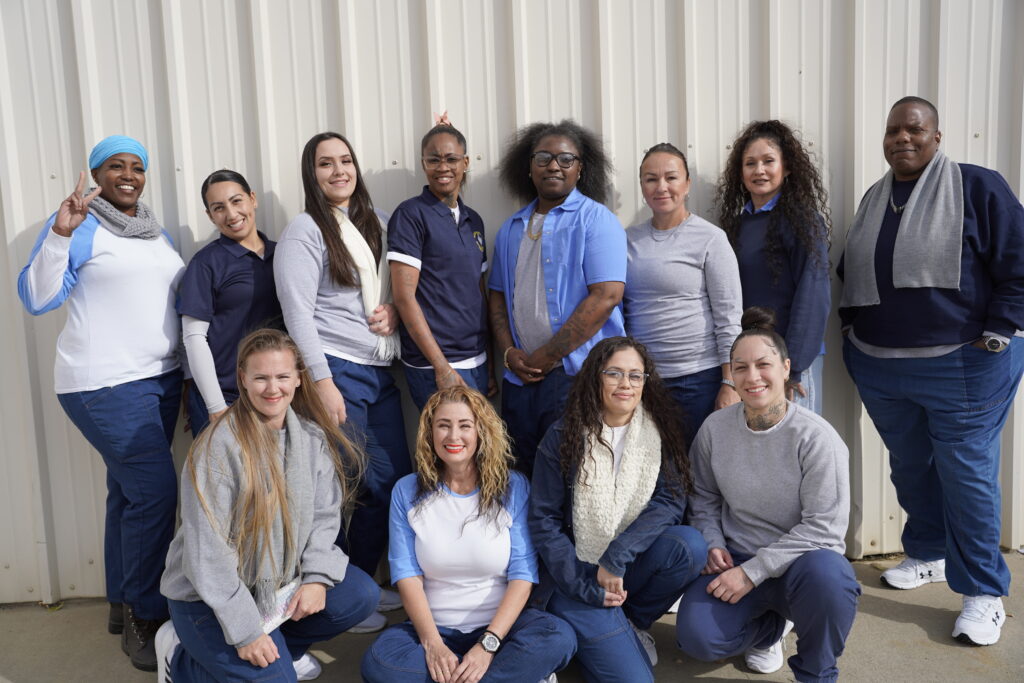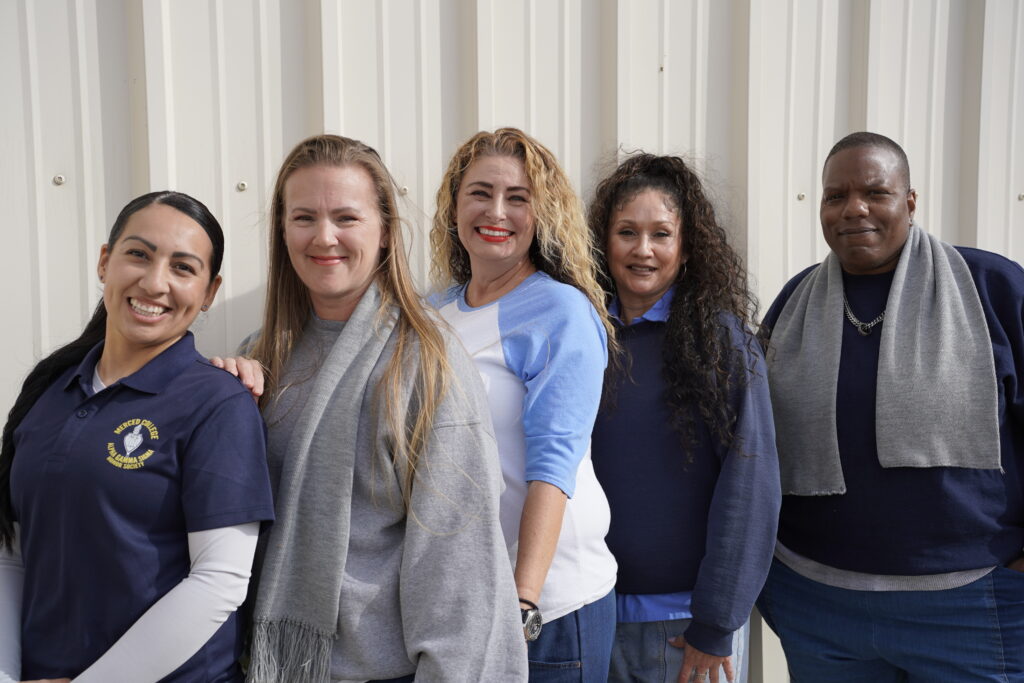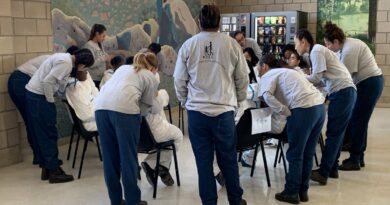How the Juvenile Offenders Committee came to be
A brief history from a founding member

The Juvenile Offenders Committee (JOC) at Central California Women’s Facility (CCWF) is an Inmate Leisure Time Activity Group (ILTAG) that strives to promote good citizenship amongst its members. JOC provides support for the unique group of women who were juveniles (under 18 years of age) at the time of their crime and were tried as adults.
JOC works for the benefit of the juvenile offender, providing them the tools for rehabilitation, education, and preparation for the eventual, successful re-entry into society. JOC focuses on breaking barriers through intense workshops and restorative justice for a better future. It helps members develop good communication and rapport with the outside community and with the population inside CCWF, through institutional events, charitable projects, outreach, and donations of all kinds.
The idea for a juvenile offender group started when those of us with that sentence first compiled residents’ stories, in 2007. We wanted to have our voices heard in Sacramento. We saw how Elizabeth Calvin, Senior Advocate in the Children’s Rights Division of Human Rights Watch, was supporting juveniles and gathering loved ones to rally at the California capitol.
It was two years after the U.S. Supreme Court had abolished the death penalty for juveniles and the Justices were moving toward greater protection for minors. Historical changes would come that would affect the way juveniles are sentenced to Juvenile Life Without Parole (JLWOP). The court relied on neuroscientific evidence that stated a minor’s brain is not fully developed until their mid-twenties. The movement for juvenile sentencing was strong and it was what would eventually turn the wheels for many other laws to pass that would assist many.
I remember having a conversation with my peer Niki Martinez. I had been 16 at the time of my offense sentenced to JLWOP, and Nikki had been 17 sentenced to 45 to L (now paroled). We had both been incarcerated for more than 15 years. I mentioned I was thinking of starting a group for juveniles and had a lifer Jasmine Brandl in mind, who had been 16 at the time and sentenced to 15 to life (now paroled). Niki shared with me that she had been thinking of starting something as well, and that she had met a new JLWOP, Amy Preasmyer. She had been 16 years old at time of offense and sentenced to JLWOP (resentenced to 16 to L). I was surprised to hear about her since I had been the only one on my yard for several years.
We became the four JOC founders. We did not know what we were doing, but we had passion in our hearts to get the JOC going, knowing it was much bigger than what we could envision.

At the time the ‘R’ on CDCR was three years new, in 2004. Lifers were not going home and for anyone with an indeterminate sentence, hope was something from the twilight zone. Rehabilitative programs consisted of curriculum put together by a lifer; N.A., A.A., Battered Women, and any resources that the Long Termer Organization (LTO) put together. LTO was the only Inmate Leisure Time Activity Group (ILTAG) CCWF had at the time.
We encountered many obstacles. First, the the community resource manager at the time told us that we would not be an ILTAG and that we had to go under the umbrella of LTO. The second was that our past at CCWF was terrible. We entered the system very young and ignorant. We believed what we were told by an officer working in Receiving & Releasing (R&R), “The only way you will be paroling is in a pine box.” The abnormal became the normal and the normal abnormal, so we acted as such for many years.
But we did not let the naysayers or our own insecurities discourage us. We continued with our vision, meeting in 100-plus degree weather on the main yard. We spread the word of the changes being fought for JLWOP and the importance of all of us rallying together even if at the time certain congressional bills did not affect us. We believed that eventually it would trickle down to more changes, and boy did it.
Eventually we met with psychologist Dr. Edward Oleksy, with whom we shared our life stories leading up to our offense. Lt. Kenneth Foster had offered to be our coordinator and who advocated with the CCWF administration to accept JOC as an ILTAG. However, because the CRM did not want us as an ILTAG, we had no sponsor. Dr. Oleksy said that our offenses were the “icing on the cake” being that our brains were not fully developed and supported us by becoming our sponsor.
The last touch was writing letters to outside entities explaining our mission and asking for their support by writing letters to the warden about the necessity of our group. We wrote everyone we noticed had supported the JLWOP movement, and the Director of Female Offender Programs.
A breakthrough finally came in 2009, when warden Mary Lattimore sent me a memo addressing the letter I wrote to the Director of Female Offender Programs. It stated “Youth offenders at CCWF require unique assistance to facilitate their rehabilitation process…” She approved JOC on a 90-day pilot program. This was the beginning of hope for many.
For the past 15 years JOC has been active in rallying for restorative justice, the importance of accountability, healing, and hope. JOC is currently 130 strong in membership. We firmly accept our rehabilitation efforts as a link to the society in which we yearn to return to. In determination to see that happen, we embrace Healing Circles to have heart to heart conversations with survivors and District Attorneys.



